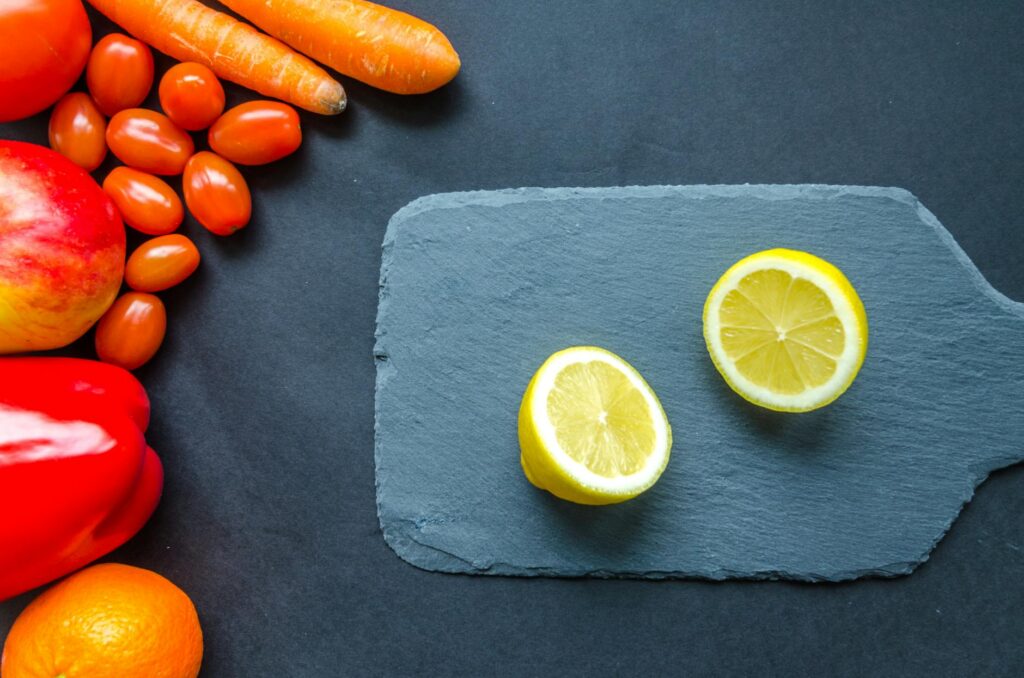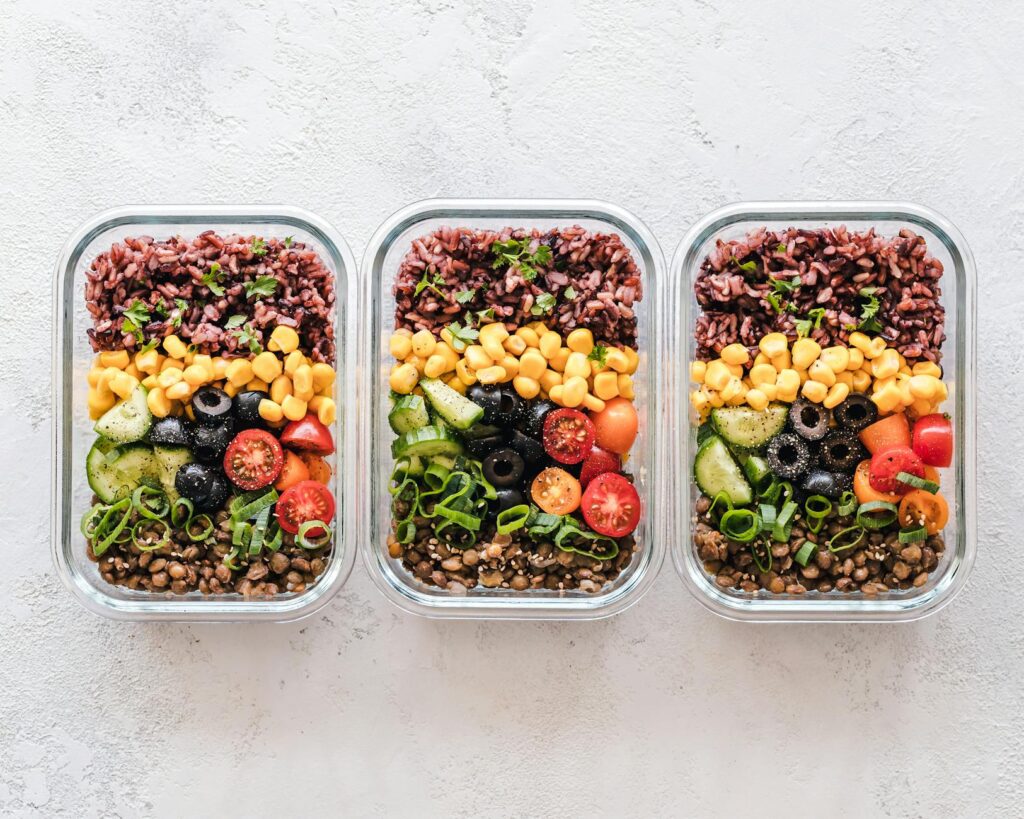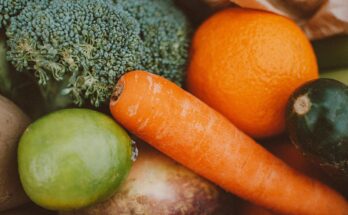We’ve all heard the saying, “Eat a rainbow of fruits and vegetables.” But what does that actually mean for our health? This blog post will explore the fascinating connection between the vibrant colors of fruits and their incredible nutritional benefits, guiding you on a delicious journey to better health.
Red Fruits: Powerhouses of Antioxidants
Red fruits, like strawberries, cherries, and raspberries, are packed with antioxidants, particularly anthocyanins. These powerful compounds help protect your cells from damage caused by free radicals, reducing the risk of chronic diseases. Anthocyanins are also responsible for the beautiful red color! 
Including red fruits in your diet can contribute to improved heart health and even boost brain function. Learn more about the benefits of anthocyanins from this reputable source.
Orange Fruits: A Vitamin C Boost
Think oranges, mandarins, and cantaloupe. These orange wonders are bursting with Vitamin C, a crucial nutrient for immune function and collagen production. Vitamin C is an antioxidant, too, further contributing to overall health and well-being. 
Adding orange fruits to your daily meals is a simple way to increase your Vitamin C intake and support your body’s natural defenses. Check out our recipe section for some delicious ways to incorporate more Vitamin C into your diet.
Yellow Fruits: Sunshine on a Plate
Yellow fruits, such as pineapples, bananas, and mangoes, offer a unique blend of nutrients. Pineapples contain bromelain, an enzyme with anti-inflammatory properties. Bananas provide potassium, essential for maintaining healthy blood pressure. Mangoes are rich in Vitamin A, crucial for eye health. 
Remember to enjoy yellow fruits in moderation as some, like bananas, have a higher sugar content. For balanced nutrition, learn about portion control techniques.
Green Fruits: A Nutritional Treasure Trove
From kiwis and green grapes to avocados (technically a fruit!), green fruits offer a wealth of nutrients. Kiwis are packed with Vitamin C and fiber, supporting digestion and boosting immunity. Avocados are rich in healthy fats, crucial for brain function and overall health. [IMAGE_4_HERE]
Green fruits also contain valuable phytonutrients, which can aid in detoxification and disease prevention. Explore the world of phytonutrients and their benefits.
Purple Fruits: The Antioxidant Powerhouses
Plums, purple grapes, and blueberries are brimming with anthocyanins, the same powerful antioxidants found in red fruits. These antioxidants combat inflammation and contribute to overall health and longevity. Their deep purple color is a visual indicator of their potent nutrient profile. [IMAGE_5_HERE]
Adding purple fruits to your diet can aid in protecting your heart and brain. Consider incorporating them into your breakfast smoothie for a delicious and nutritious start to the day.
Conclusion
Eating a rainbow of fruits is not merely a colorful idea; it’s a delicious path towards better health. By diversifying your fruit intake, you unlock a wealth of vitamins, minerals, antioxidants, and phytonutrients, each playing a unique role in supporting your body’s optimal function. Remember to incorporate a variety of colors into your daily diet and enjoy the journey to a healthier, happier you!
Frequently Asked Questions
What are the best fruits for weight loss? Fruits low in sugar and high in fiber, like berries and apples, are excellent choices for weight management. Remember to always consume fruits in moderation.
Are all fruits created equal in terms of nutrition? No, different fruits offer different nutritional profiles. A balanced intake of various colored fruits ensures a broader spectrum of nutrients.
How many servings of fruit should I eat daily? Aim for at least 2-3 servings of fruit per day as part of a balanced diet. Consult a nutritionist for personalized advice.
Can I eat too much fruit? While fruits are healthy, excessive consumption can lead to high sugar intake. Moderation is key.
What are some creative ways to incorporate more fruits into my diet? Add fruits to your oatmeal, yogurt, salads, or smoothies; enjoy fruit skewers as snacks; use fruits as toppings for your desserts. Find more recipe inspiration here.



